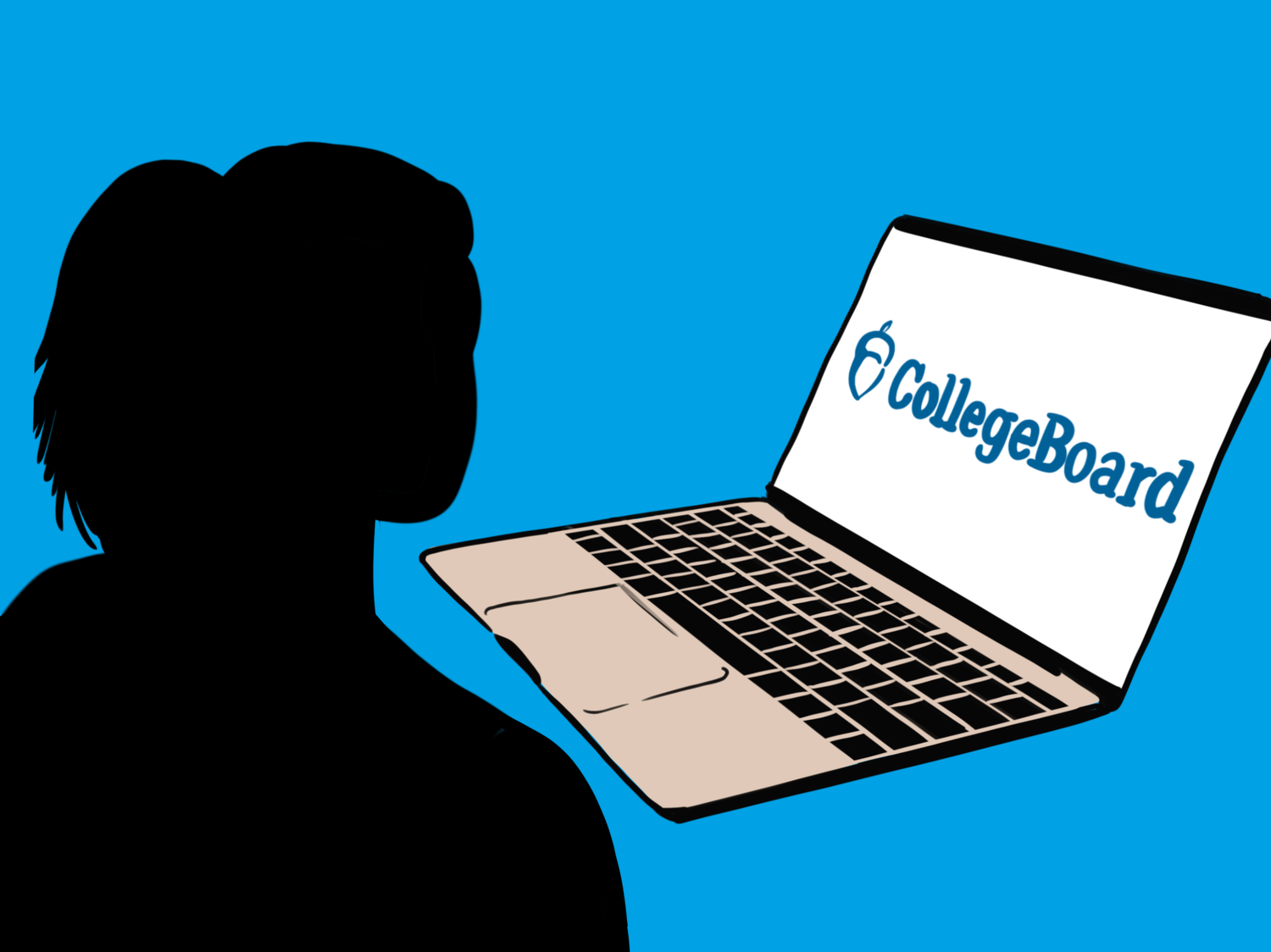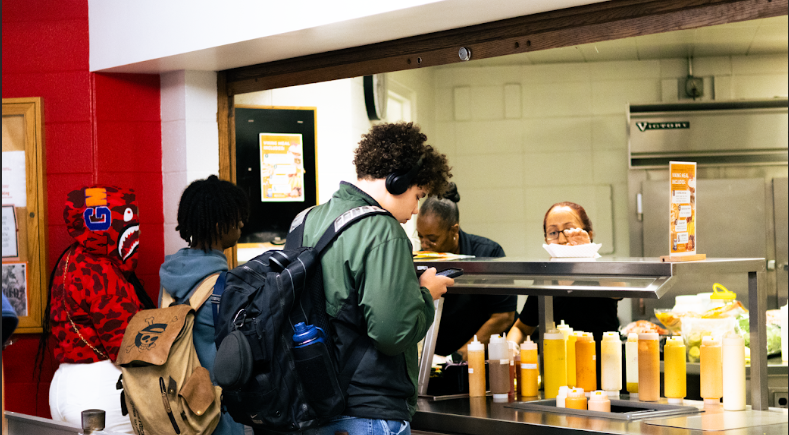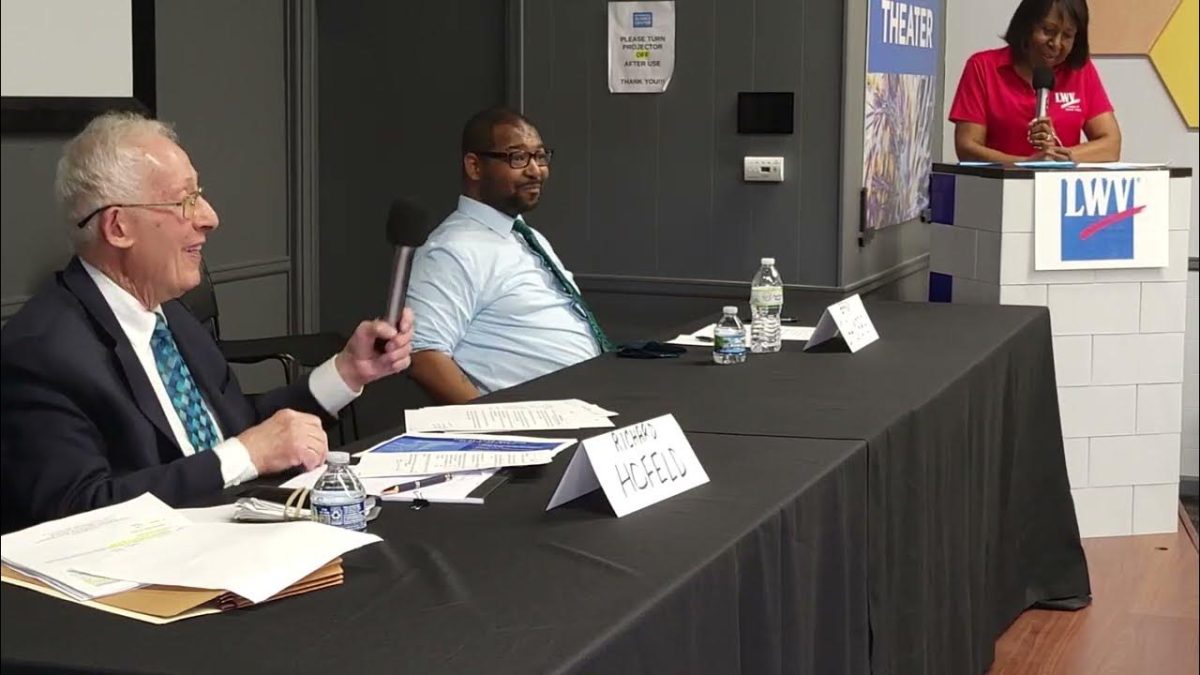SATs are being taken digitally for the first time this year, and many changes have been made, such as adaptive testing, shorter test time, shorter reading passages and the entire math section is calculator-allowed.
According to assessment department chair Dave Kush, while the switch to digital does benefit student test-takers, the intention was to improve test security. Principal Clinton Alexander added that this digital format is more secure because paper tests were occasionally, while infrequently, lost due to human error.
The digital test is a more secure alternative because of the adaptive nature of the test. Adaptive testing, as used in the new SAT, means that both the language and math portions of the test will be split into two sections. After the first section is completed, the second section will change in difficulty based on how well the test taker performed in the first half. This will improve test security as academic dishonesty will be much less prevalent if students have entirely different questions for the second half of the test.
The test will also be about two hours as opposed to the typical three, and the College Board’s website described that the reading passages will not only be significantly shorter with only one question per passage but also the passages will “reflect a wider range of topics that represent the works students read in college.”
Additionally, the test results will be available sooner than in previous years. While the College Board claims results will be available in two weeks, Kush expects them to be available in three to four.
As for how H-F is preparing for this switch, Kush’s biggest concern is providing students with devices. Students have their school-issued Chromebooks, but if those Chromebooks are not functioning, not charged or unavailable for any other reason, the school does not have enough spare devices to supply all students taking the SAT.
Alexander said that H-F has been preparing for this change in several ways. “We will be performing digital readiness checks for students in compass periods. We will also conduct test-oriented practice in students’ courses, particularly in reading and math. We have our test prep program, and we’re providing students with access to four full-length digital practice tests,” he said.
“I believe these are changes in the right direction,” Alexander said. “The bottom line is determining what students know, and it doesn’t have to take an unnecessary amount of time to do that. I believe assessing students’ skills without the extra wording can benefit students, especially when it comes to time-on-task. Without as many time constraints, I think students can have one less barrier than before. The adaptability of the test will give a more reliable account of student performance as well.”
“We’re not simply putting the current SAT on a digital platform—we’re taking full advantage of what delivering an assessment digitally makes possible. With input from educators and students, we are adapting to ensure we continue to meet their evolving needs,” Priscilla Rodriguez, vice president of College Readiness Assessments at College Board said.















